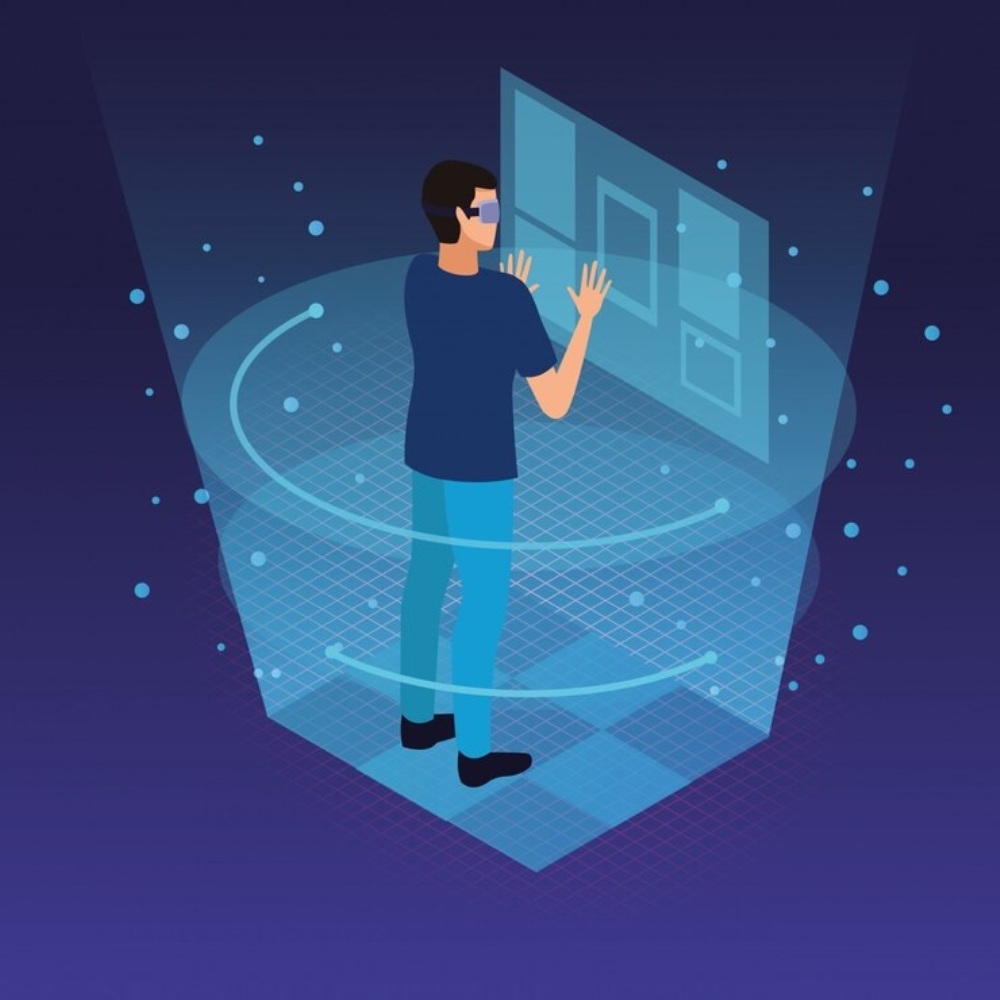
The global market for rheumatoid arthritis treatments is expected to grow at a CAGR of...
Learn More
Our consulting solutions address company specific challenges with respect to micro environment...
Learn More
Organizations frequently need day-today research guidancein order to gain strategic...
Learn More
Exploring different areas of market research and market analysis is a key factor...
Learn MoreAcute Market Reports presents the most extensive global business research services across industries. Our research studies focus on potential outcomes, benefits, and risks associated with each market segment across geographies. Having served our global clients for more than 10 years, our prime priority is to enable our clients in making well-informed business decisions through a data-driven, analytical, and uncomplicated research approach.
We provide access to the world's most comprehensive, analytical, and updated business intelligence services and solutions.




The immersive analytics market is expected to grow at a very strong CAGR of 52.5% during the forecast period of 2025 to 2033, due to the increasing demand for advanced data visualization techniques, the rise of big data, and the growing adoption of i...
Read More
The wearable breast pump market is expected to grow at a CAGR of 8.7% from 2025 to 2033, driven by enhanced mobility for mothers, continuous technological advancements, and the rising popularity of smart wearable breast pumps. Challenges related to d...
Read More
The dental insurance market plays a crucial role in ensuring access to dental care for individuals and families. The dental insurance market is expected to grow at a CAGR of 9.5% during the forecast period of 2025 to 2033, driven by the increasing awareness of the importance of oral health and th...
Read More




